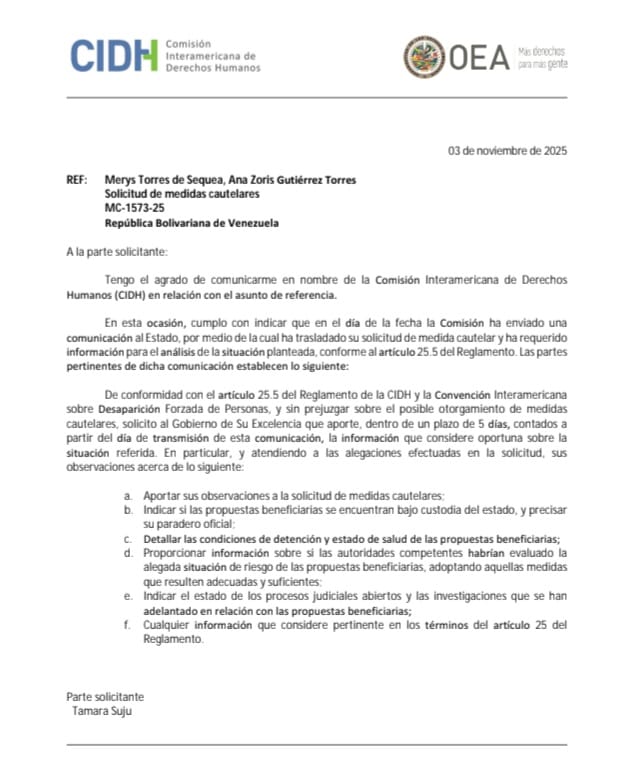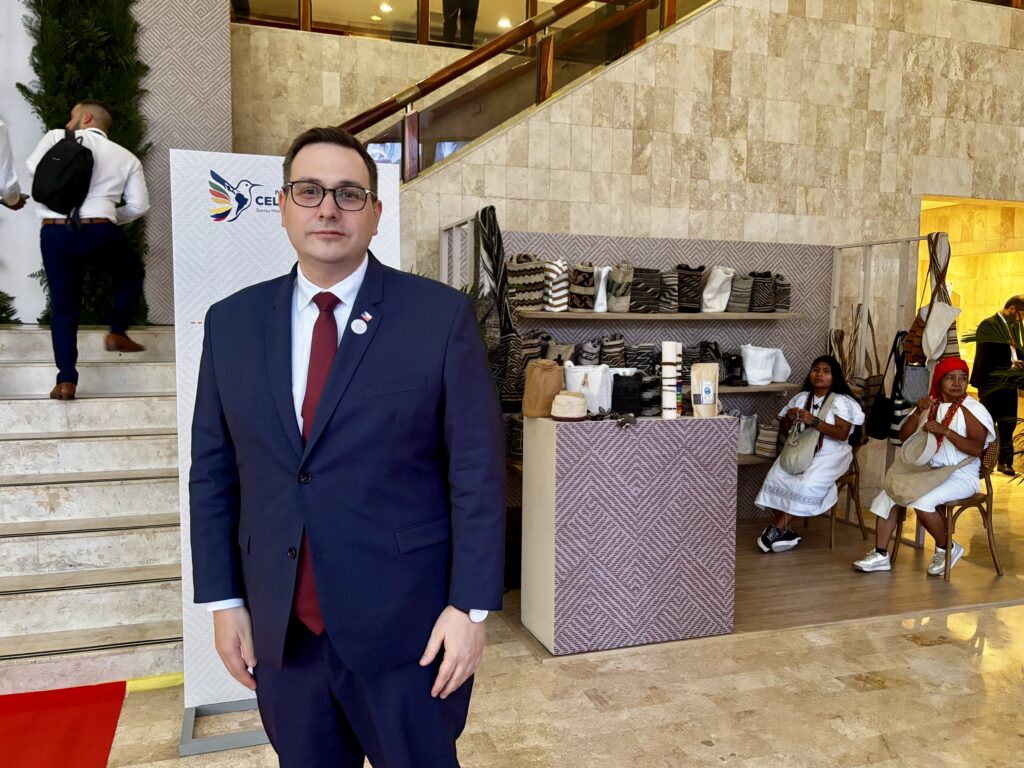On the evening of November 13, 1985, the Colombian town of Armero vanished beneath a surging wave of mud, rock, and ice. The catastrophe wasn’t simply an act of nature; it was a tragedy foretold, a horrifying culmination of volcanic fury and governmental inaction that claimed an estimated 25,000 lives – making it the deadliest volcanic eruption in over a century.
The first tremors began around 3:00 PM as Nevado del Ruiz, a volcano eighty miles west of Bogotá, began to spew ash. Initially, residents were told to remain calm, to stay indoors. A deceptive calm settled over Armero, masking the terrifying power building within the mountain.
But the ash was a prelude to something far more devastating. Hours later, an explosive eruption melted the glacier capping the volcano, unleashing a torrent of a lahar – a slurry of volcanic debris, water, and rock. This wasn’t a slow creep; it was a rapidly accelerating wall of destruction, traveling at nearly 27 miles per hour.
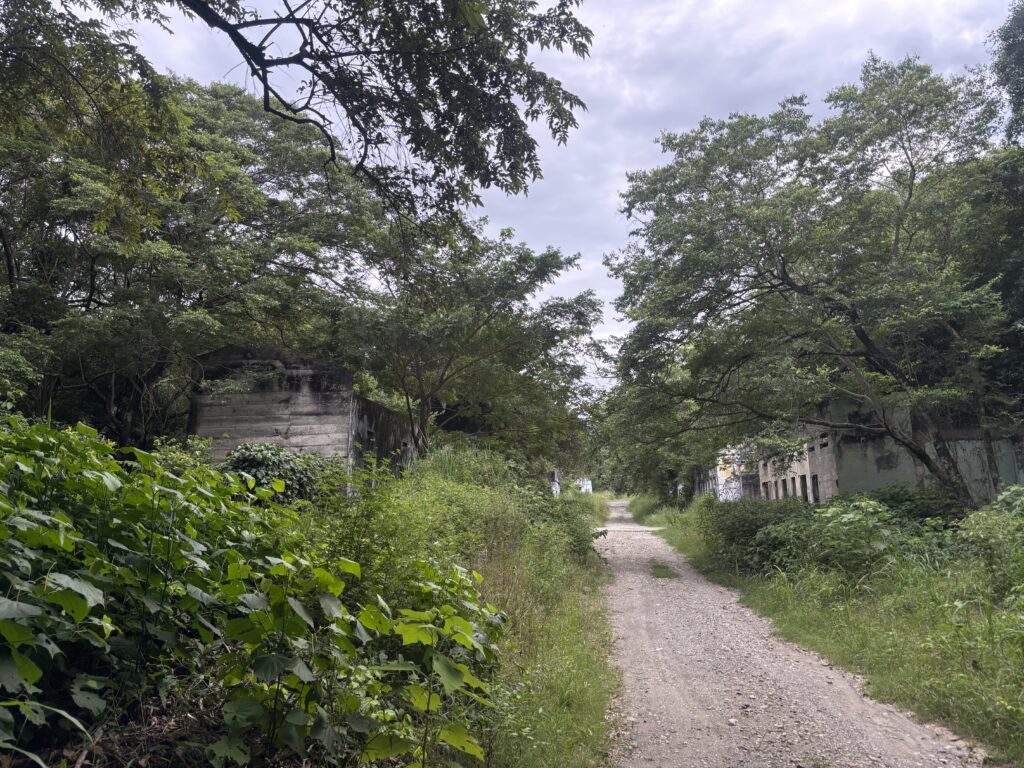
The lahar reached Armero two hours after the eruption, finding a town unprepared and uninformed. Thirty meters deep, it obliterated everything in its path. Panic erupted as people desperately sought escape, only to be caught in the chaos of fleeing vehicles and the relentless advance of the mudflow.
Rescue efforts were agonizingly slow to arrive, hampered by a lack of preparation, personnel, and essential equipment. Twelve hours passed before significant aid reached the devastated town, and even then, the scene was one of overwhelming disorder and heartbreaking loss. Looting compounded the suffering, adding another layer of tragedy to the already unimaginable devastation.
Amidst the chaos, the story of Omayra Sánchez became a haunting symbol of the disaster. Trapped in the rubble for sixty agonizing hours, the thirteen-year-old girl’s plight was broadcast around the world. She ultimately succumbed to hypothermia and exhaustion, a heartbreaking testament to the eruption’s brutal aftermath.
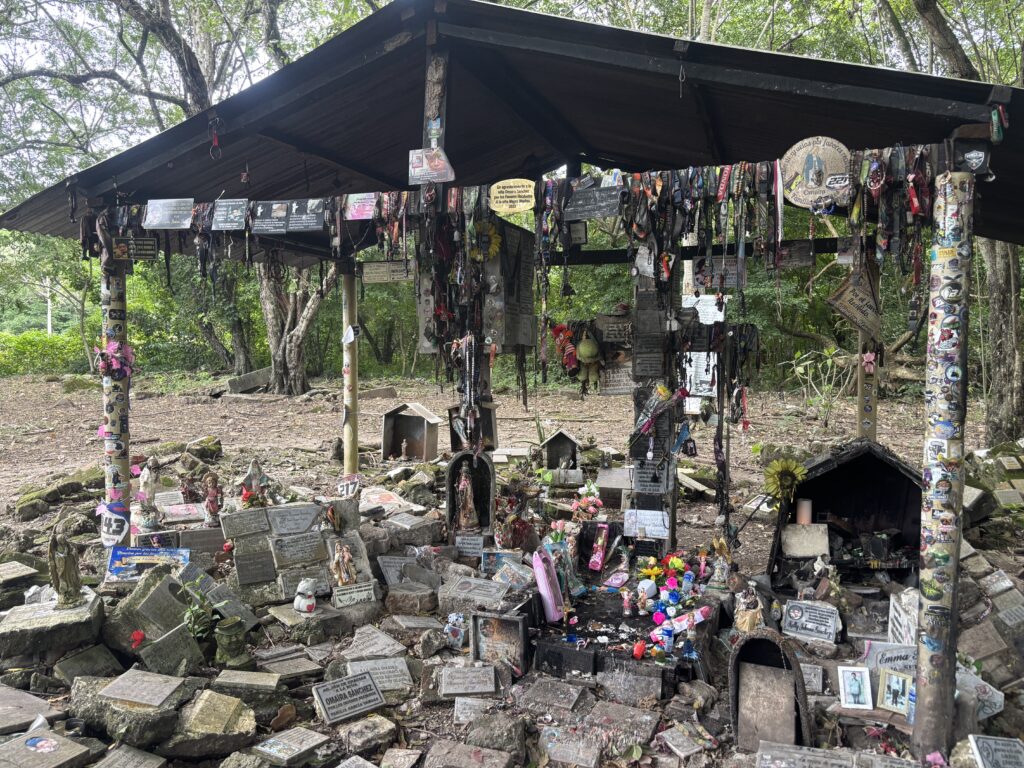
But Omayra’s story, as devastating as it was, represents only a fraction of the enduring pain. In the wake of the tragedy, over 583 children were reported missing, swallowed by the disaster and the ensuing chaos. A chilling truth began to emerge: many of these children were victims of trafficking, illegally sold for adoption abroad.
Decades later, the search for these lost children continues, fueled by the unwavering hope of families and organizations like the Creating Armero Foundation. Founded by a survivor, the foundation utilizes DNA testing to reunite families, having achieved only four successful reunions to date. The possibility remains that any child adopted in late 1985 or 1986 could be a survivor of Armero.
The Armero disaster wasn’t simply a natural event; it was a preventable tragedy. Mayor Ramón Antonio Rodríguez repeatedly warned regional authorities about the growing danger, pleading for the demolition of a natural dam formed by a rock collapse above the town. He understood that an eruption would overwhelm the dam, exponentially increasing the scale of the disaster.
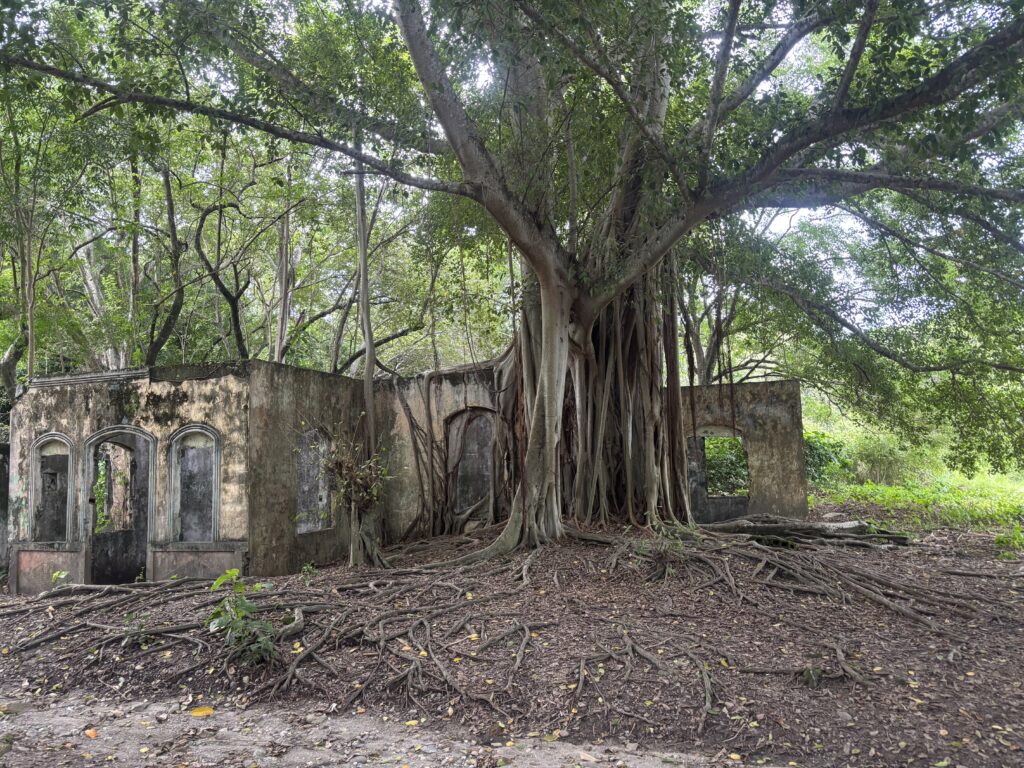
His pleas were ignored, dismissed due to a lack of funds. When the eruption finally occurred, the government downplayed the risk, instructing residents to stay put – squandering a crucial two-hour window for evacuation. Rodríguez, a man of unwavering courage, refused to abandon his people, choosing to remain in Armero and help with the evacuation, knowing his fate.
In a final phone call to his girlfriend, he declared, “No, I have to help all these people get out, and I’ll be the last one to leave.” He perished alongside thousands of his fellow citizens, a martyr to governmental negligence and a symbol of selfless devotion.
Today, Armero stands as a stark reminder of the devastating consequences of inaction and the enduring power of hope in the face of unimaginable loss. It is a story etched in the collective memory of Colombia, a poignant testament to a tragedy that should never be forgotten.



